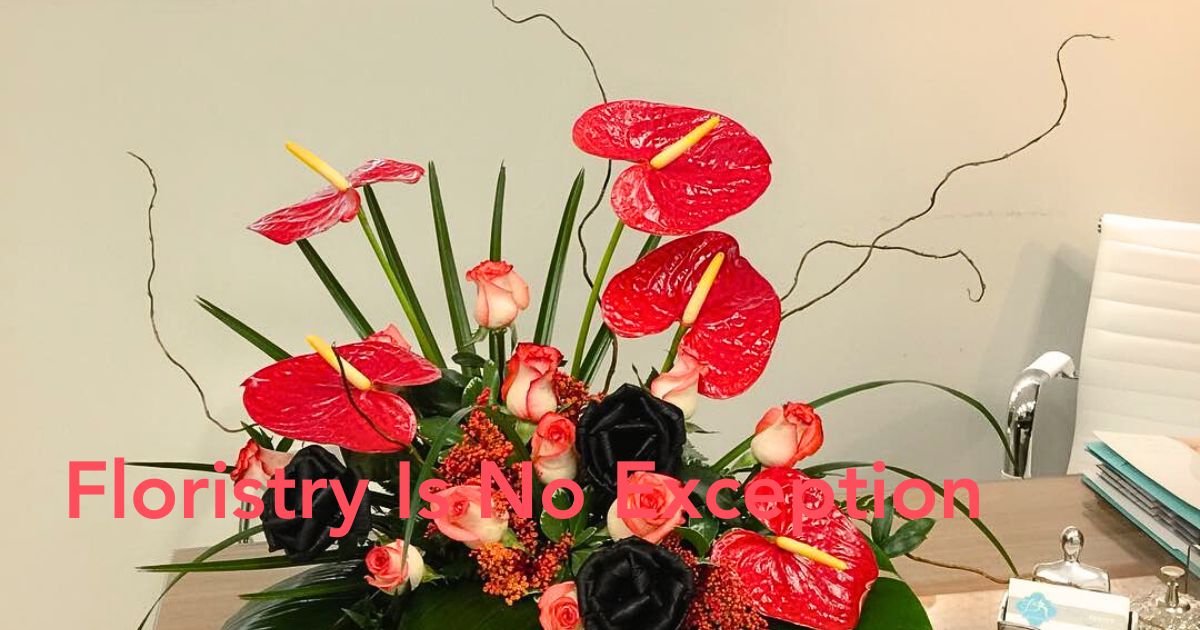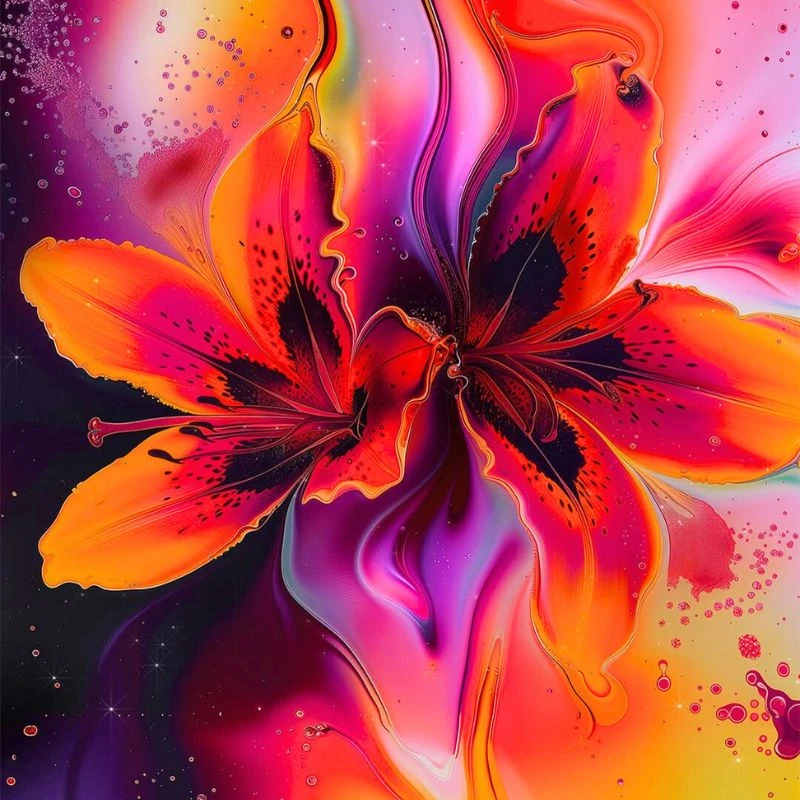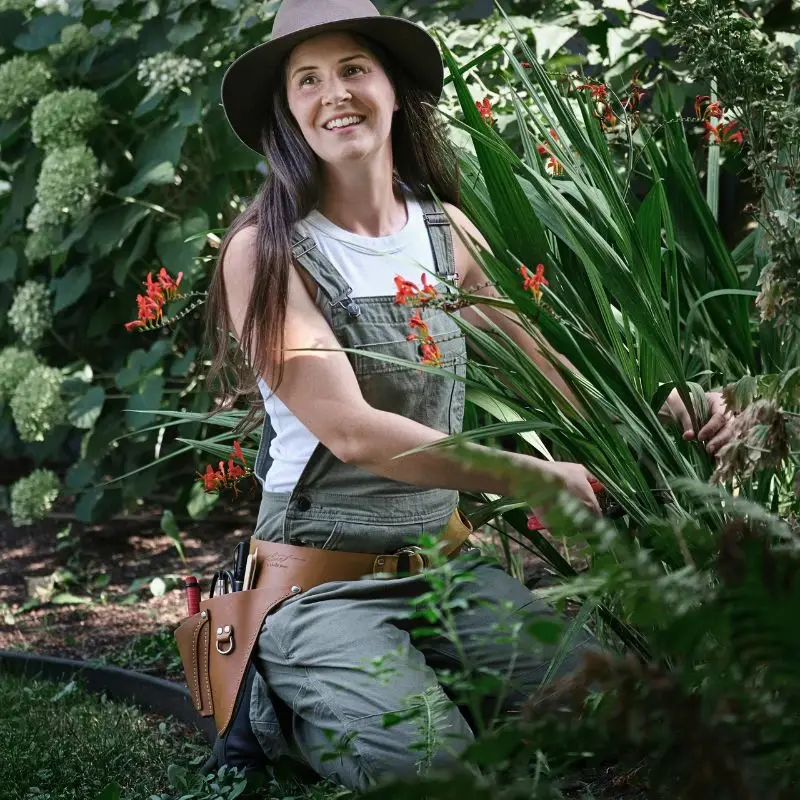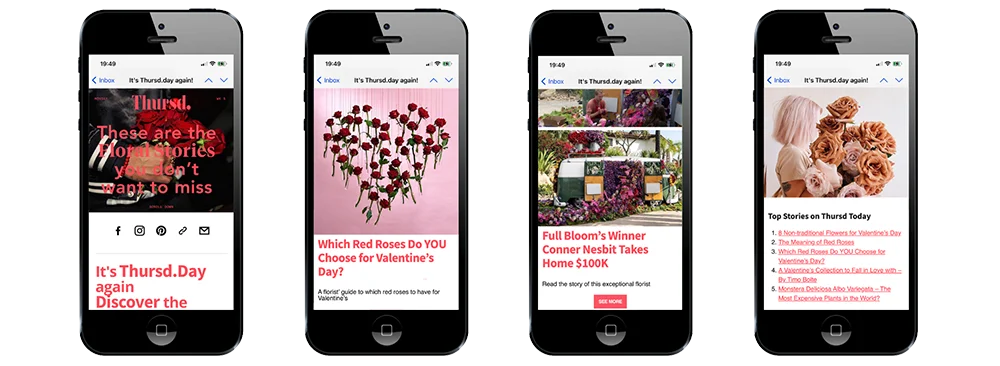We live in a time when technology is increasingly integrating into traditional areas of art. Floristry is no exception. What used to be an exclusively manual task is now being actively supplemented by digital tools. From creating visual concepts to supply management and customer service. Digital Tools in Floral Design have already become the new standard. The digital revolution now encompasses not only how you can plan compositions. It is also about approaches to training, advertising, and even virtual demonstrations of bouquets to customers. The benefits that technology provides have become so significant that we have no right to ignore them.

Digital Tools in Floristry - Realities and Prospects
Delving into specific technologies, in today's realities, one should definitely not ignore an issue that can affect both professionals and connoisseurs of contemporary art. And this is cybersecurity. Many designers use Mac devices when they create floral presentations, work in Adobe Suite, or manage orders online. However, they often face the fact that the system can behave strangely.
The reason for this can frequently be malware. In particular, adware. If you notice that strange pop-ups appear in your system or your browser redirects you to unwanted sites, you will most likely need an adware removal guide. A good one will offer free adware removal for Mac. Also, effective Mac adware removal tools. Using professional tools, you will be able to remove Search Baron or even Search Marquis. So, if you are faced with the problem of hijacker removal from Mac, don't waste your time and use an effective assistant. After all, a secure system is not only about convenience, but also about confidence in your creative work.
Modern Floristry and the Technologies at Its Core
In the traditional sense, processing in floral design is a set of actions to prepare flowers. That is, pruning, moisturizing, trimming, etc. But in a modern studio, this process increasingly includes a digital component. Special programs allow you to:
- plan the timing of stock renewal,
- monitor the humidity and temperature in the storerooms,
- calculate the freshness of each batch.
New flower processor systems combine sensors, software and analytics. All this to improve the quality of work with cut flowers. Such technologies do the following:
- reduce losses,
- help forecast demand,
- automate reporting.
From sketch to visualization. Software for design
- Virtual bouquets. 3D models
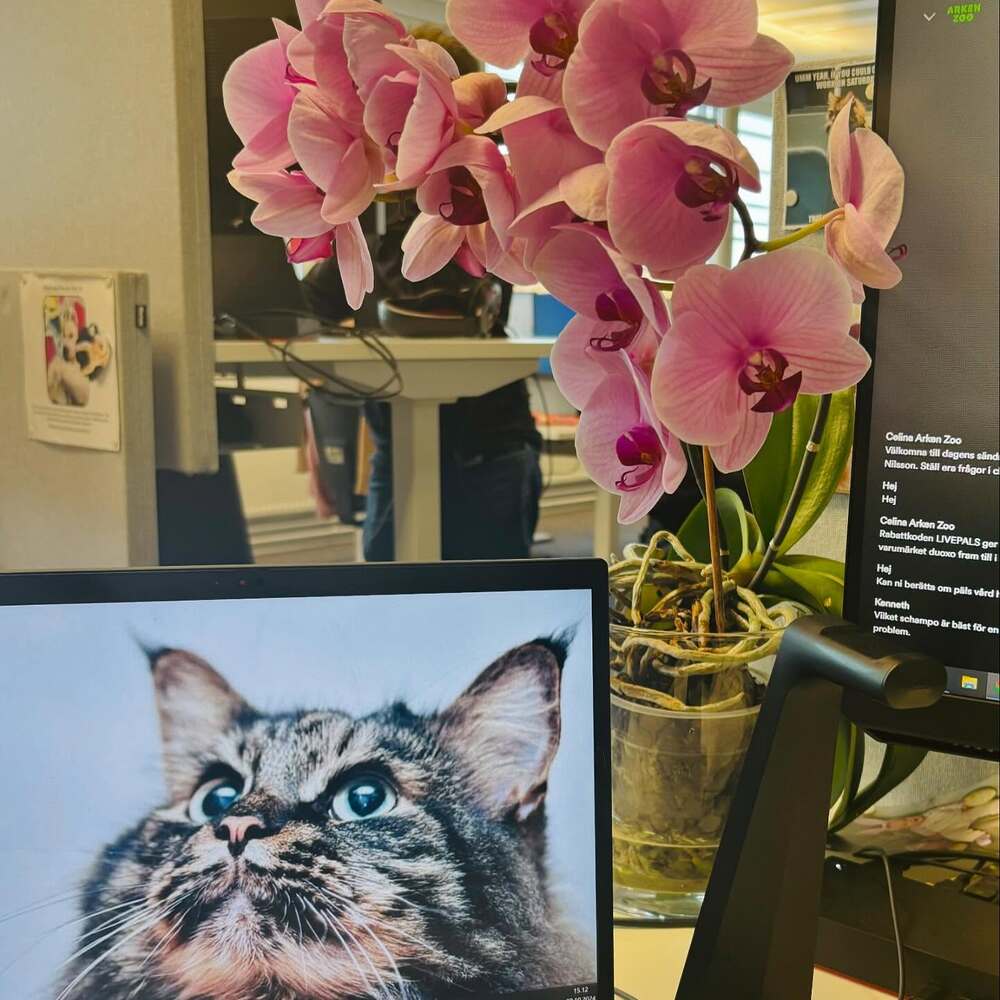
The following applications and services are among the most popular tools:
- Floranext,
- Details Flowers Software,
- Canva Pro.
They allow you to:
- create digital layouts of bouquets,
- select colors and textures that can be presented to customers before the actual realization.
These tools have become especially valuable during the pandemic, when remote work has become the norm.
Thanks to this, florists began to create digital portfolios. In them, the visualization of bouquets looked no less attractive than in a physical store.
AI and automation
Artificial intelligence is being actively implemented in technology in floral design. Algorithms can:
- select flowers by palette,
- determine the best options for placing compositions in space,
- recommend bouquet shapes depending on the event.
All this opens up new opportunities for both professionals and beginners.
Logistics and Customer Service
A successful florist today is not only an artist but also an analyst. CRM systems allow you to keep track of customers and track orders. They also allow you to create lists of regular customers and automate feedback processes.
Thanks to applications that you can integrate with delivery platforms, sending bouquets has become as simple and transparent as possible for both parties
All these services are another proof of how effective Digital Tools in Floral Design can be.
Online stores. Creation, optimization, and promotion
Floristry continues to go beyond physical stores. Many florists are opening their own online platforms. They offer not only bouquets but also related products. From candles and postcards to souvenirs and other pleasant gifts in addition to flowers.
With the help of CMS systems and platforms similar to Shopify or Wix, even florists without a technical education can now create an online store. And SEO and digital marketing tools help to reach the target audience. In particular, through social media.

Digital Evolution in Floral Schools - Education and Training
- Online courses. Webinars
- Communities. Networking
Online courses and webinars
Thanks to Zoom, YouTube, and specialized platforms, learning floristry, as well as almost any other discipline, has become available from anywhere in the world. Many schools offer interactive master classes. In these, students can watch the “live hands” of professionals. Digital education also allows you to save the best cases, view them later, and create a personal portfolio.
Communities and networking
Online communities and forums allow florists to share creative ideas, ask for advice, and find partners for collaborations. It is important that today's various platforms allow you to stay up to date with new trends, technologies, and solutions. And they are all aimed at improving processing in floral design.
How to Adapt? Challenges and the Future
Despite its many advantages, digitalization also brings with it certain challenges. Older generations of florists don't always adapt easily to new technologies. Additional training is often required. Along with this, there is also a need to invest in equipment.
However, the benefits of the digital approach still prevail. Modern flower processor equipment is used in large flower companies, reducing the cost of maintaining warehouses and decreasing waste.
In the future, we can expect even more active implementation of VR and AR technologies. In particular, for virtual modeling of floral installations in space. And maybe your next bouquet will be created in a fully digital environment. From design to delivery.
Floral Design
Floristry has entered a new era. In it, Digital Tools in Floral Design have become not just an additional tool, but a full-fledged component of the creative process, which is of course connected with business. Every stage can be made more efficient with technology. From inventory management to creating unique compositions. This symbiosis of nature and digital precision opens up unprecedented opportunities for florists. So, whether you're an experienced designer or a beginner, it's time to look at floristry from a new perspective. From petals to pixels.

